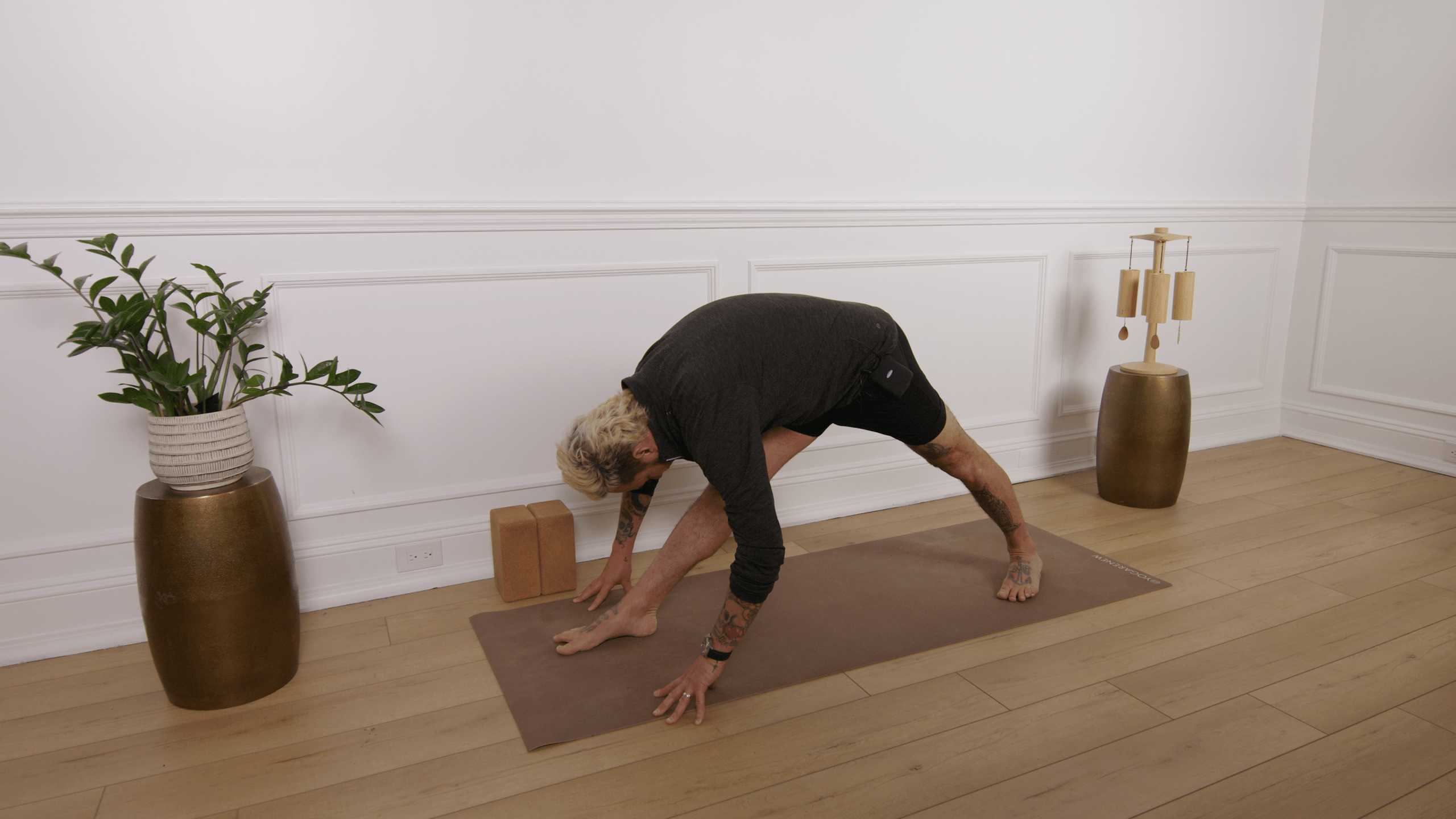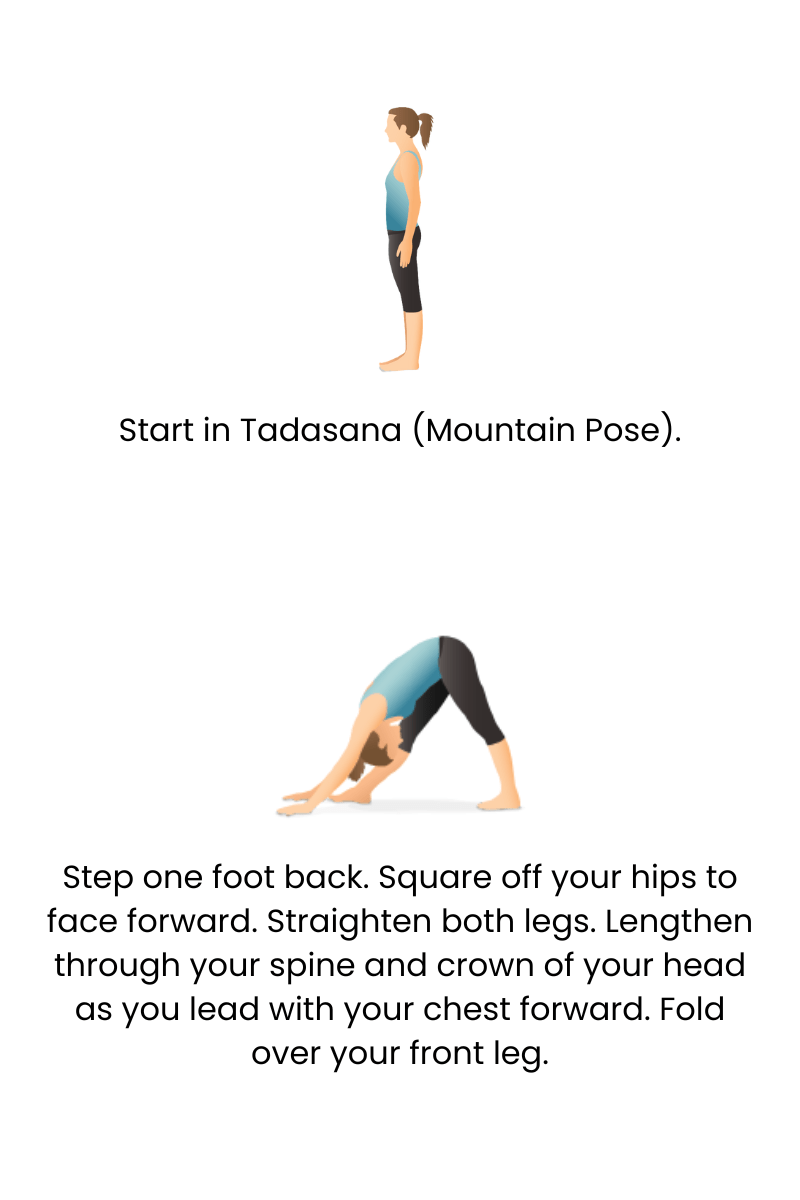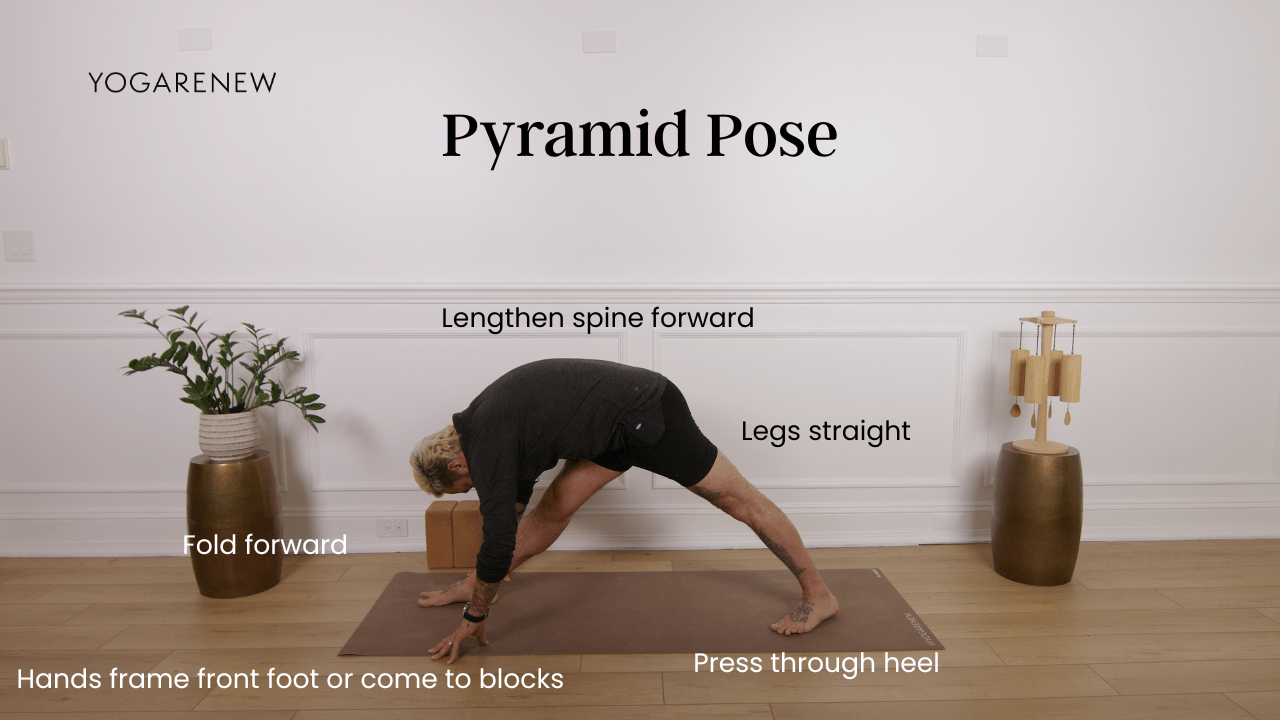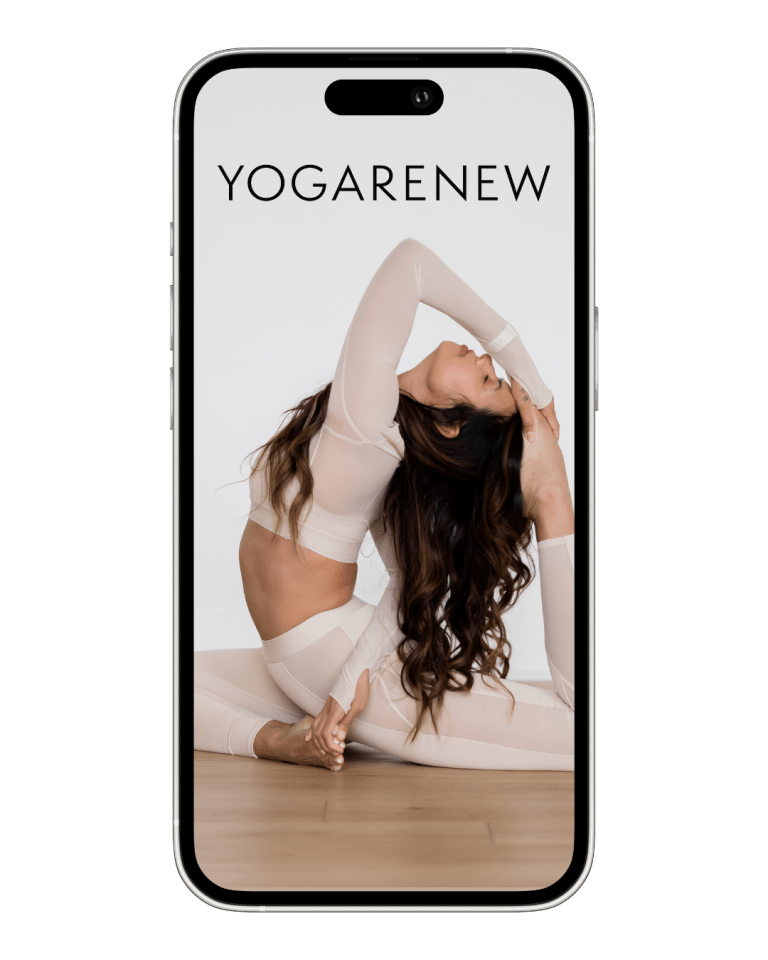What is Pyramid Pose?
English Name: Pyramid Pose
Sanskrit Name: Parsvottanasana (pronounced parsh-voh-tahn-AHS-uh-nuh)
Category: Standing, Forward Fold, Hamstring Stretch, Intermediate

English Name: Pyramid Pose
Sanskrit Name: Parsvottanasana (pronounced parsh-voh-tahn-AHS-uh-nuh)
Category: Standing, Forward Fold, Hamstring Stretch, Intermediate
Pyramid Pose, or Parsvottanasana, is a standing forward fold that combines elements of balance, strength, and deep stretch. While it looks simple at first glance, this pose brings a powerful blend of grounding, hamstring lengthening, and postural awareness.
Rooted in alignment and breath, Pyramid Pose invites focus and discipline while softening physical and mental tension. It strengthens the legs, opens the hips, and lengthens the spine—making it a go-to pose for improving flexibility and finding stillness in motion.


Pyramid Pose teaches the balance of strength and surrender. With its focus on hamstring length, hip alignment, and spinal extension, it’s a powerful tool for developing both body awareness and mindful presence. Practiced with care and intention, Parsvottanasana becomes a grounding posture that supports flexibility, focus, and calm.
Yes—use props like blocks and focus on keeping the spine long rather than folding deep.
Yes, with modifications. It’s accessible when practiced mindfully with proper support.
Hip alignment, spinal length, and steady breath are key.
Engage your legs, keep the hips square, and let the breath guide your fold.

Explore classes & pose tutorials for any style, format, duration or experience level with a free account in the YogaRenew app. Or subscribe and gain access to workshops, live classes and more.